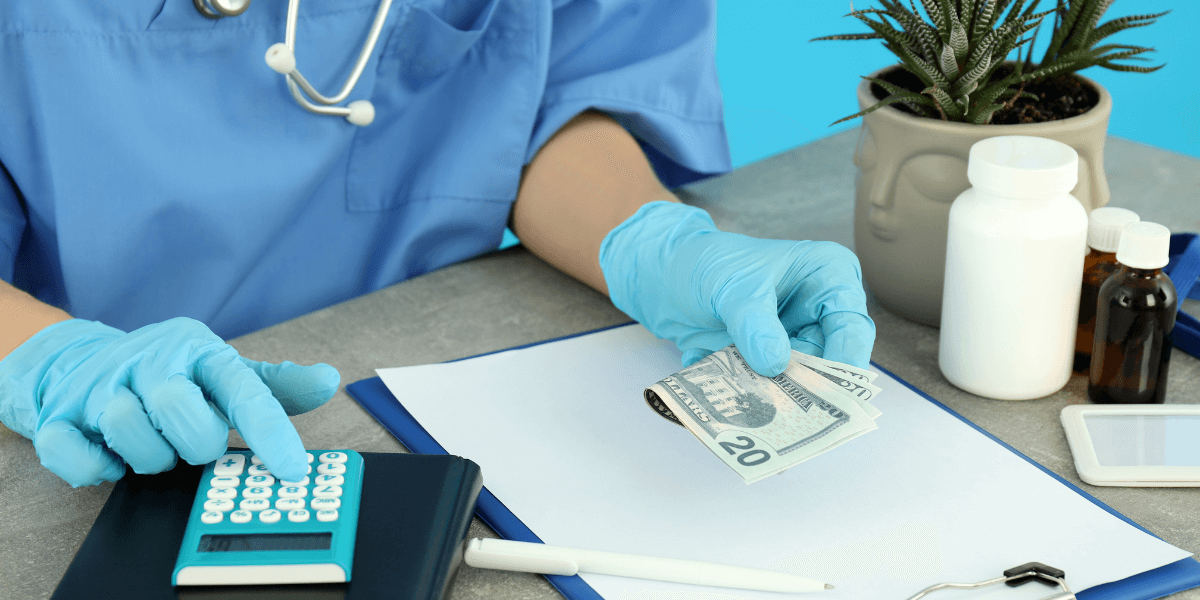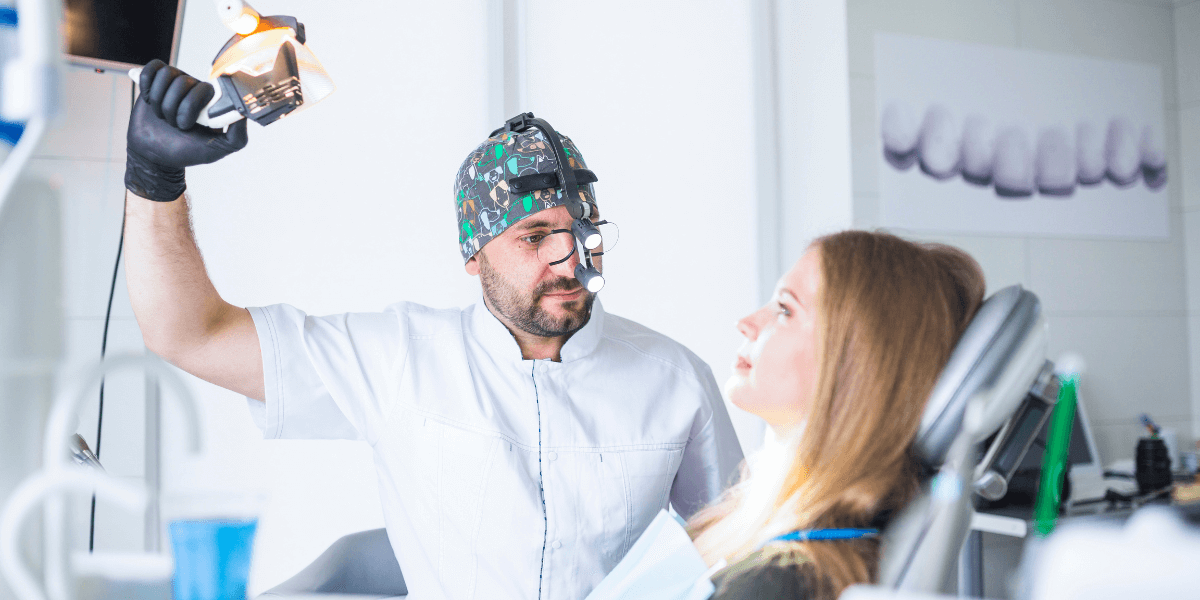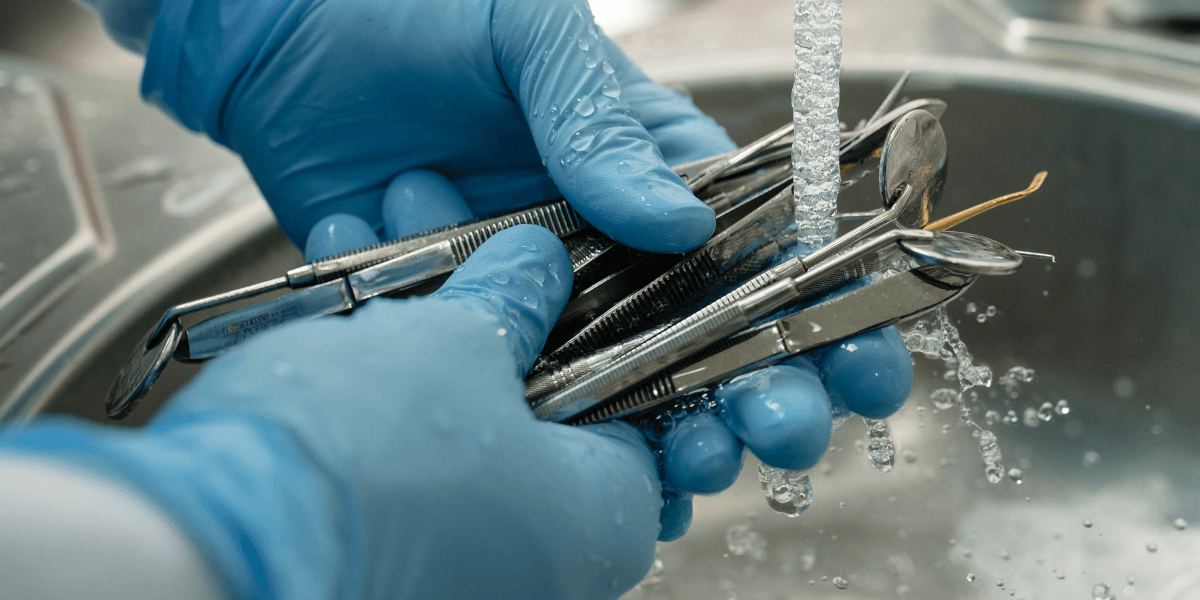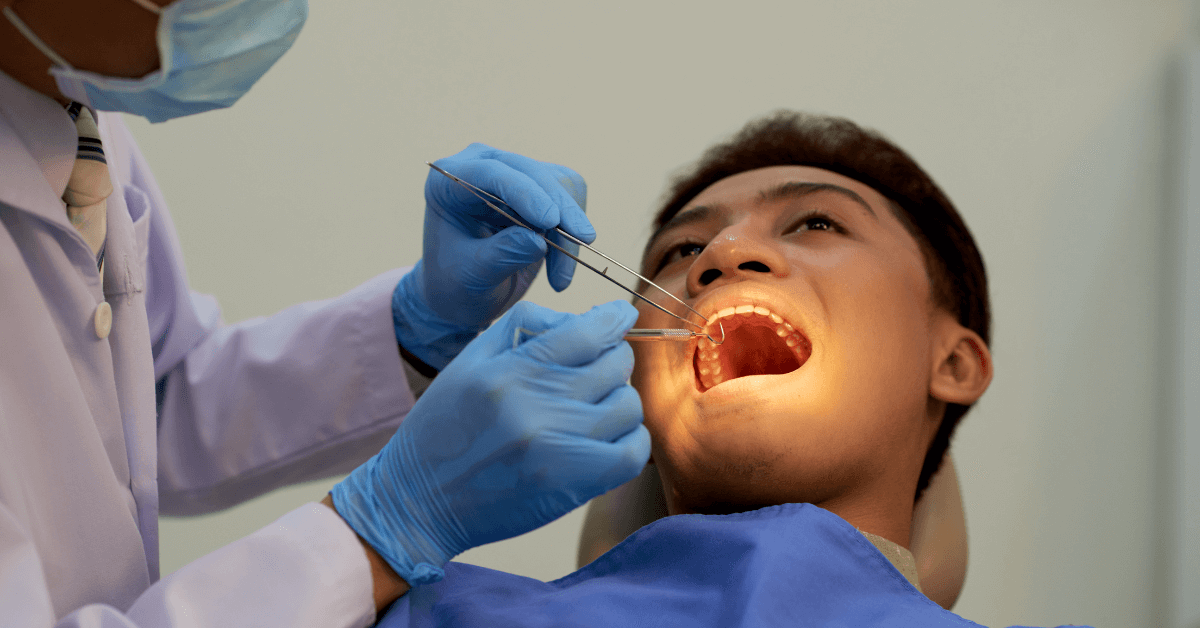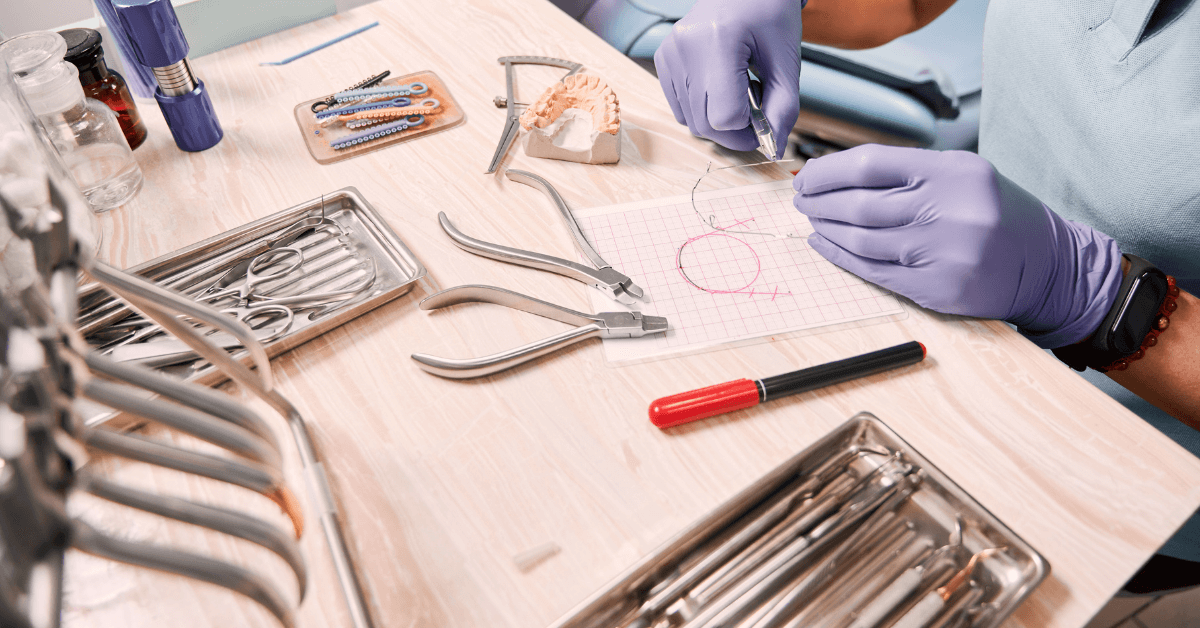Smart Investment: Cost Vs. Quality When Buying Clinic Equipment
Buying clinic equipment is a major decision for any practice. Costs add up quickly, and the quality of equipment affects patient care, staff satisfaction, and long-term running costs. So how do you judge price against performance?
This blog breaks down practical steps to help you make confident choices. It keeps things focused on what matters: reliability, maintainability, and value over the equipment's lifespan.
Why Cost Vs Quality in Clinic Equipment Matters
Clinic equipment is not just a one-off purchase. Low upfront cost can seem attractive, but ongoing issues with repairs and downtime make total spending higher over time. The right balance saves money and protects patient safety. Good equipment supports clinical precision and steady workflow, and that improves outcomes.
Total Cost of Ownership
Look Beyond the Sticker Price
Total Cost of Ownership inclu

